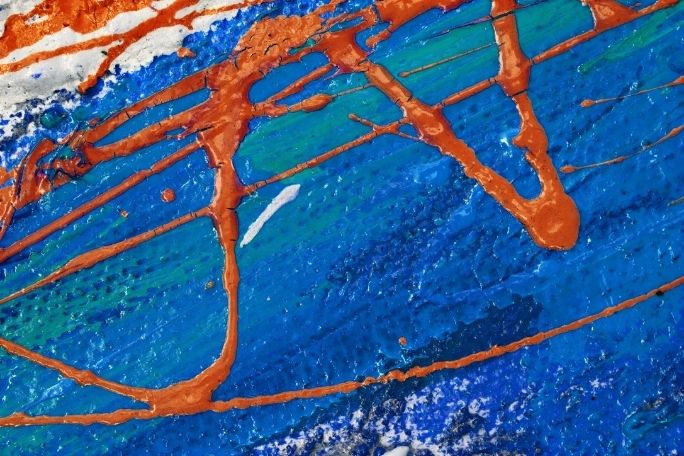Lesson summary
This activity provides children with an opportunity to develop empathy, creative thinking, and imagination through movement, dance and role play.
Activity Intention:
- This activity has been designed to develop the creative potential of young children through experiential learning in the arts.
Lesson guides and printables
Lesson details
Curriculum mapping
Learning Outcome 1:
- Children have a strong sense of identity
- 1.1 Children feel safe, secure, and supported
- 1.2 Children develop their emerging autonomy, interdependence, resilience and sense of agency
- 1.3 Children develop knowledgeable and confident self identities
- 1.4 Children learn to interact in relation to others with care, empathy and respect
Learning Outcome 2:
- Children are connected with and contribute to their world
- 2.1 Children develop a sense of belonging to groups and communities and an understanding of the reciprocal rights and responsibilities necessary for active community participation
Learning Outcome 3:
- Children have a strong sense of wellbeing
- 3.1 Children become strong in their social and emotional wellbeing
- 3.2 Children take increasing responsibility for their own health and physical wellbeing
Learning Outcome 4:
- Children are confident and involved learners
- 4.1 Children develop dispositions for learning such as curiosity, cooperation, confidence, creativity, commitment, enthusiasm, persistence, imagination and reflexivity
- 4.2 Children develop a range of skills and processes such as problem solving, inquiry, experimentation, hypothesising, researching and investigating
- 2.4 Children become socially responsible and show respect for the environment
- 4.3 Children transfer and adapt what they have learned from one context to another
Learning Outcome 5:
- Children are effective communicators
- 5.1 Children interact verbally and non-verbally with others for a range of purposes
- 5.2 Children engage with a range of texts and gain meaning from these texts
Resources required
- Printed copy of Life Cycle Flashcards.
- You can undertake this activity with no additional resources and have children use only their bodies (actions, sounds, etc).
- You could also provide materials they could use as props (blankets to make a chrysalis, or a box or basket to use as an egg).
- You could also use dress ups, or provide materials for children to make costumes and other props (wings, eggs, caterpillars, leaves, flowers, etc) as part of the activity.
Supporting resources:
- Cool Australia – How can Educators and Families Nurture Creativity in Young Children?
Other resources:
Additional info
This lesson has been developed in partnership with the Graeme Wood Foundation. It is designed to develop the creative potential of young children through experiential learning in the arts.


Welcome back!
Don't have an account yet?
Log in with:
Create your free Cool.org account.
Many of our resources are free, with an option to upgrade to Cool+ for premium content.
Already have an account?
Sign up with:
By signing up you accept Cool.org's Terms and Conditions(Opens in new tab) and Privacy Policy(Opens in new tab).